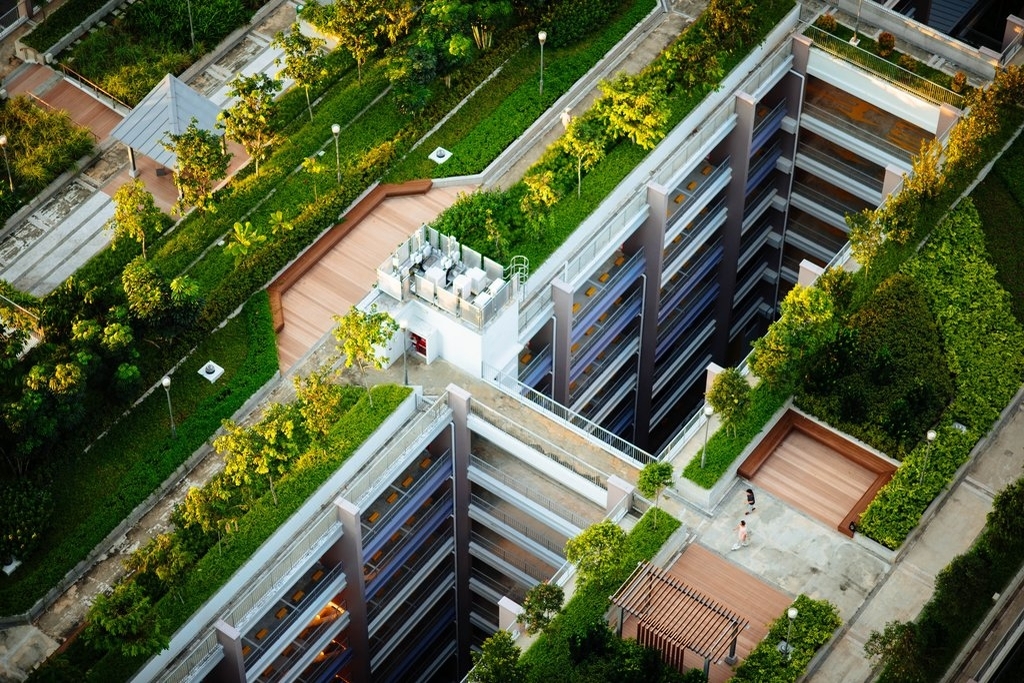The Ultimate Guide To City Blooming
Table of ContentsFascination About City BloomingThe Main Principles Of City Blooming Getting My City Blooming To WorkCity Blooming - The FactsCity Blooming for Dummies
Fascinated in expanding food to buy in the City of Chicago? Thinking of starting a community yard? Changes to the Chicago Zoning Statute allow farming uses like neighborhood gardens and city farms in numerous parts of the city. Below is a listing of regularly asked concerns regarding the rules and laws that growers should consider when preparing an urban farming job.
The zoning amendment does not modify any other codes dealing with composting, building permits, purchasing or renting City had residential or commercial property, company licenses or environmental contamination. There are existing codes that manage these concerns and they stay in full impact and might apply to your task. Community gardens are generally owned or handled by public entities, civic organizations or community-based organizations and kept by volunteers.
Urban farms expand food that is planned to be marketed, either on a not-for-profit or for-profit basis. Because of their business purpose, metropolitan farms need an organization certificate. Yes. A community garden is allowed to offer surplus produce that was grown on site if the sales are accessory or subordinate to the garden's main function defined over.
The smart Trick of City Blooming That Nobody is Talking About
Composting is enabled yet only for plant material that is produced and utilized on site. The amount of garden compost product can not surpass 25 cubic lawns at any provided time according to the requirements in 7-28-715 of the City's Municipal Code. Yes. Since the dirt at the majority of brand-new yard websites needs changing, compost, soil, timber chips, or various other materials can be obtained to create or improve the growing room - urban gardening.

If a structure permit is required after that the hoophouse will be taken into consideration an accessory structure. You can figure out even more about the structure permit demands by calling the Department of Buildings. The 25,000-square-foot dimension limitation is planned to avoid a solitary community yard from dominating a given block or diminishing the block's existing property or industrial personality.
The limitation does not apply to gardens located in Public Open Space (POS) areas. Can there be even more than one area garden that is 25,000 square feet on a solitary block? Yes. The dimension limit applies to specific gardens, not to private blocks. No. Secure fencing is not required, however, gardens that have large vehicle parking areas might be needed to install secure fencing or various other landscape design functions.
What Does City Blooming Do?
B1 & B2 areas need that all commercial use tasks be performed indoors. Is fencing needed for metropolitan ranches? Fences may be called for, along with landscaping and testing, for particular auto parking locations and outside work or storage space areas depending on area and the particular task taking location.
Yes. Urban ranches require building permits and zoning authorizations prior to construction. Various other kinds of city testimonial might be required depending upon specific frameworks, tasks, dimension, landscaping, licensing, public heath and stormwater management concerns. A number of these demands are identified in the task layout or permitting procedure, nevertheless, the applicant may be liable to individually identify details licenses or permits that might be called for.
The Division of Organization Affairs and Consumer Protection can aid determine the details type of organization permit that's required. Off street car park is needed for the majority of business tasks in Chicago. The needed number of car park rooms is based on the number of employees working on website and not the square video of the expanding room.
About City Blooming

A city ranch can sell garden compost product generated on website, nonetheless, the procedure must abide with the policies in 7-28-715 of the Chicago Municipal Code. Aquaponic systems are permitted inside on city farms in lots of zoning areas.
Up to 5 hives or nests of honey bees may be kept as an accessory usage. Beekeepers must sign up with the Illinois Department of Agriculture. To find out more about the proposed zoning modification you may call the Department of Housing and Economic Development, Bureau of Preparation and Zoning at 312.744.8563.
Farming in cities and city locations A city ranch in Chicago. Urban agriculture refers to various practices of growing. https://anotepad.com/note/read/ewb5qah3, handling, and dispersing food in city locations. The term additionally puts on the area activities of animal husbandry, aquaculture, beekeeping, and horticulture in a metropolitan context. Urban farming is identified from peri-urban farming, which occurs in backwoods beside suburbs.
The smart Trick of City Blooming That Nobody is Talking About
It can involve an activity of organic farmers, "foodies" and "locavores", who seek to develop social networks based on a common principles of nature and area holism. These networks additional info can create using formal institutional assistance, becoming integrated into local community planning as a "transition community" motion for sustainable urban growth.
The more direct access to fresh veggie, fruit, and meat products that might be understood through urban farming can boost food safety and food safety while reducing food miles, bring about reduced greenhouse gas exhausts, consequently adding to environment modification reduction. Some of the very first evidence of metropolitan farming comes from Mesopotamia.